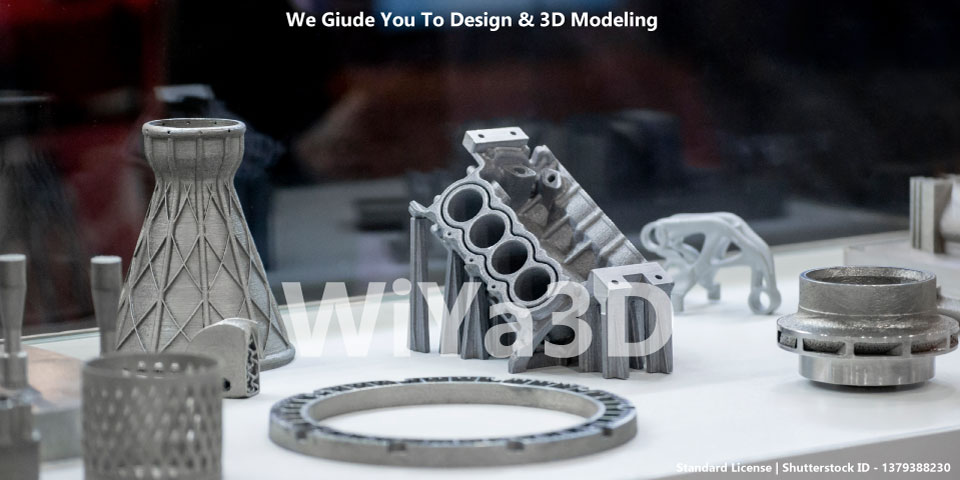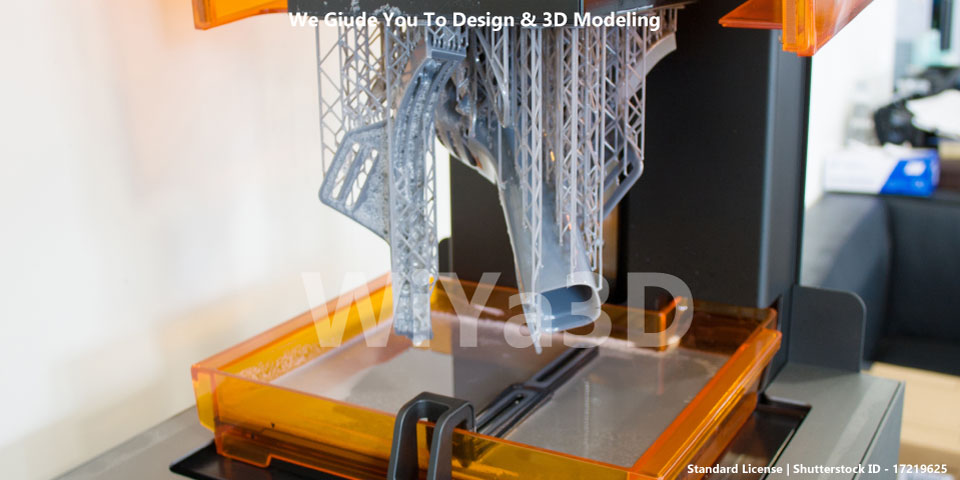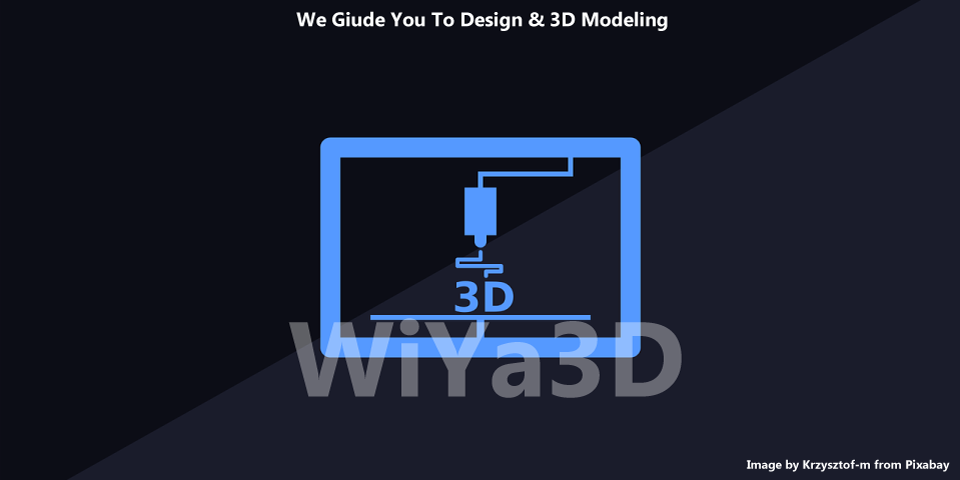Rapid Prototyping Technology play vital role in the product development life cycle process, now a days. There is point, you have to actually need to develop the physical part for the design for different requirements. This is where, the prototype parts, assembly can be used as or help to develop pre-product sample and test before finalize & go for large scale manufacturing. With these, technology development, there is nothing or impossible to develop physical sample for almost every complex design/assembly parts in short time.
-
Engineering Analysis, Functional Testing
-
Product Performance Testing
-
Product Assembly Visualize & Aesthetic Appearance Check
-
Prototype for Safety Approval
-
Marketing & Publicity
What is Rapid Prototyping
In the above context, rapid prototyping is a quick method of fabricating physical sample of design, prepared by using CAD software. Rapid prototyping technology consist wide range of engineering involvement , mechanical engineering, computer engineering, mechatronics, laser & optical scan technique, polymer science, ..etc. 3D digital model data derived from CAD, use as geometrical data for the rapid prototype machines and mostly develop the physical product directly in layer of material by layer.
There are three main rapid prototyping technologies, which are
- Additive manufacturing ( 3d printing term ,commonly fall under this category)
- CNC Machining
- Vacuum Casting
Additive Manufacturing Technology
Material layer upon layer by combining by depositing and, then producing the physical sample object for CAD, refer to as additive manufacturing . This technology also categorize into varies techniques, depend on the building process, material & type, energy source. those techniques categories into following main three types
-
Liquid Based (SLA)
-
Powder Based (SLS, SLM, LENS,..)
-
Solid Based (FDM/3D Printing)
Stereolithography (SLA)
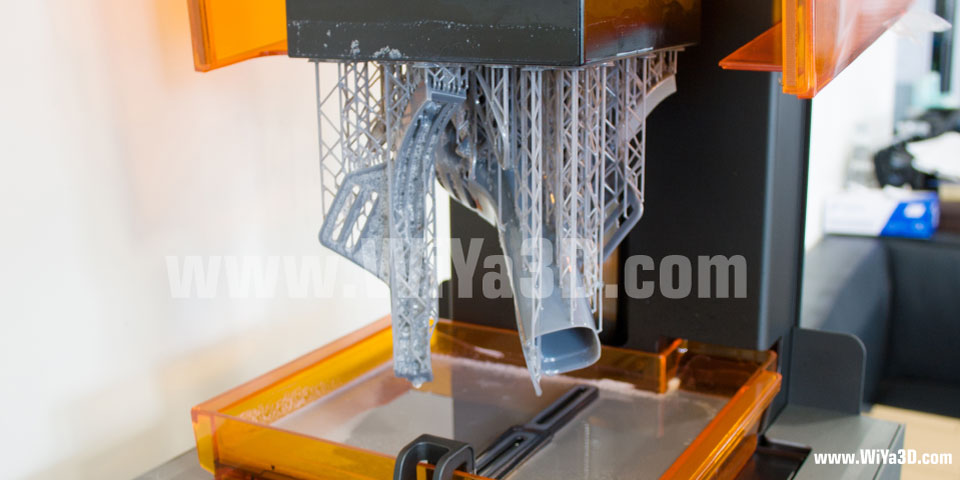
Ultraviolet (UV) laser beam is directed into the liquid based photo-sensitive polymer to print the model as per instructions fed to the computer. Through the photo-polymerization & laser curing, the solidified resin fabricate the object layer by layer. Once the one layer of liquid polymer solidification complete the bed plate further deep into the resin in order to allow for the second or consecutive layer to solidify on top of the previous layer. This is basically what happen in SLA process.
Selective Laser Sintering (SLS) & Selective Laser Melting (SLM)
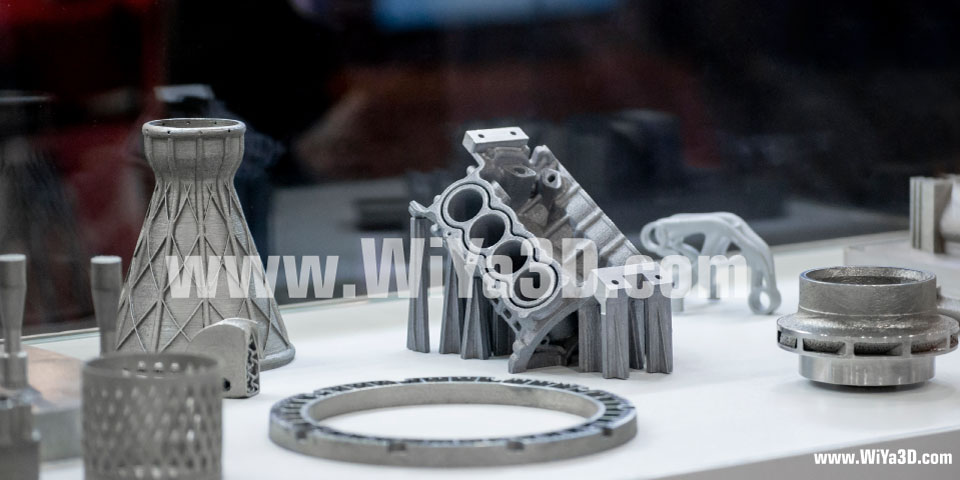
In SLS / SLM process, Infrared laser beam is directed to the thermoplastic powder material, plastic or metals. With the heat of high power laser, the material particles fused, sintering together and develop the solid layer along the laser beam focusing path. The complete of physical part creation archived, fusing the material particle layer by layer using a laser beam. The product finish or surface quality may not good as SLA technology.
Same technology yet powder metal material use, in SLM process. And this process used to prototype the high strength, complex metal part in aerospace, defense, automotive industries. Commonly stainless steel, aluminium, titanium, chrome ally used as powder metal.
Laser Engineered Net Shaping (LENS) & Direct Metal Deposition (DMD)
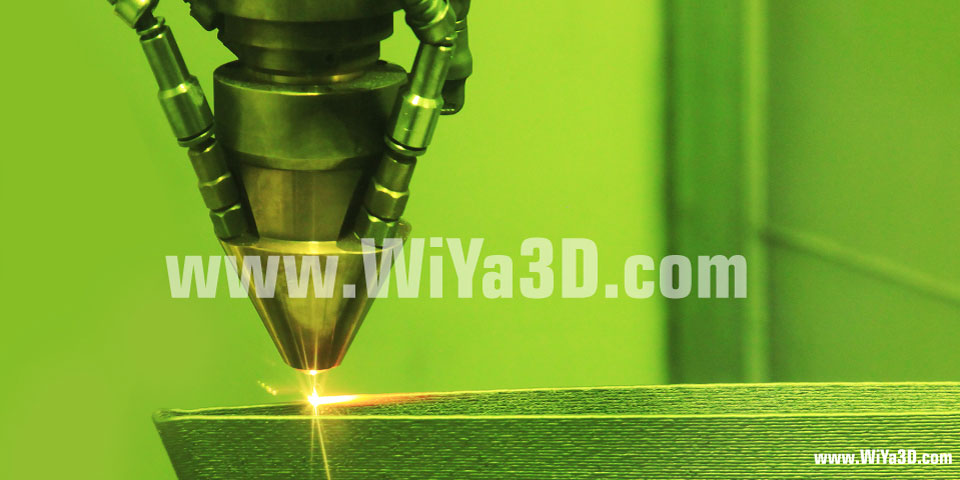
LENS technology fabricate the metal parts based on the CAD design/model, directly injecting the molten, metal powder along with high power laser beam. With laser power, metal powder molten and focused laser-molten metal deposit the layer of metal to solidify. Finally, solidified molten metal layers produce the physical parts.
Laminated Object Manufacturing (LOM)
This procedure starts with laying down materials sheet/foil and bonding the layer by layer until produce the part, which you want. These materials include metal foil, plastic sheet, and paper. Consequently, a computer-controlled device is passed over the platform to crop out unneeded stuff, thus leaving you with your desired object. LOM relatively less expensive process with comparing the SLA, SLS technology.
Fused Deposition Modeling (FDM) & 3D Printing
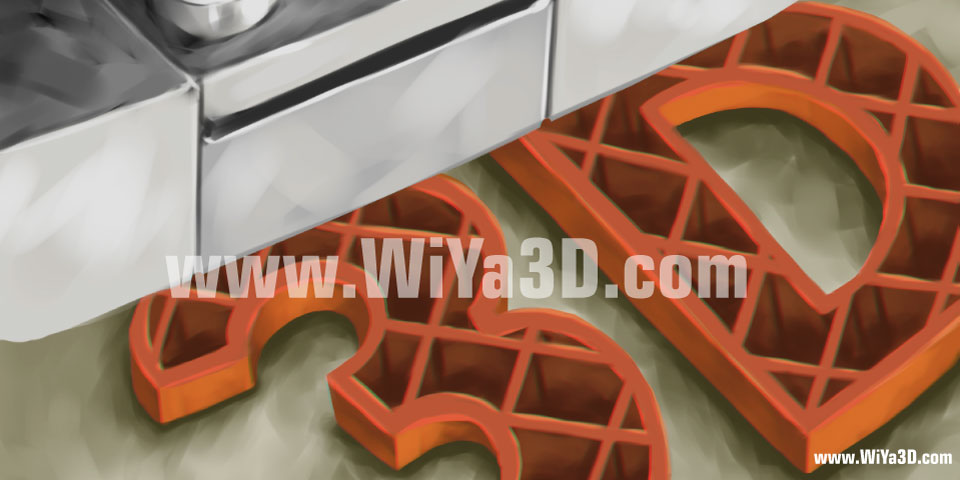
This is the most common technology used in desktop 3D printers.Solid state thermoplastic material wire/filament, is melted inside the nozzle and liquid plastic extrude layer by layer according to computer control which is derived from CAD model. FDM process is cheap and very past technique, in archiving physical prototype for product development. Although it’s dimensional accuracy is weak. PLA, ABS, TPU, Nylon, PE,.. polymer are used in this technique to create parts.
What Is The Methodology Of Rapid Prototyping
There is a specific routine of all rapid prototyping techniques undergoes. They include:
Designing a Model Using CAD
When it comes to using any CAD software package, designers have to create a CAD solid model that will later be built into a real-life item.
Converting CAD Model into STL, OBJ
STL file format is the standard rapid prototyping to establish consistency. STL format represent the solid model with planer triangle surfaces.
Prepare the Model for Rapid Prototype & Slicing the STL
Before feed into rapid prototype machine, it’s required to processes the STL file.
- Once imprt the STL file to rapid prototyping or slicing software. The model is orient according to how the part going to build. Print quality, surface finish, material wastage, shrinkage, print time all depend on the printing orientation.
- After the orient the model, if there is overhang, need to support with supporting structure.
- Finally need to divide the stl into layers depending on the level of complexity and accuracy needed. The layers can be as small as 0.01mm to 0.7mm. And generate the g-code or supporting file to feed in to rapid prototype machine
Constructing the Model
Feed the, prepared slicing file to rapid prototyping machine and start the printing layer by layer.
Post Process
Finished part, carefully removed from the rapid prototype machine. And depending on the technique follow the recommend process, which are remove the support, clean the part with isopropyl alcohol, UV Harding & sand blasting.
Materials Used In The Rapid Prototyping Process
The materials you choose to make your object have a significant contribution to the accuracy of the item. You, therefore, have to evaluate what each material will give you before starting the production. Have a look at some of the materials you can use.
Resin– Various Plastic, Resin Sand,
Metals– Stainless Steel, Titanium Alloy, Cobalt, Chromium Alloy, Nickel Base Alloy,
Polymer– PP, Nylon, ABS, PE, TPE, PA12, TPU,..
Each of these materials is applicable depending on the type of product you need and the process of production. For instance, a polymer can be used in the SLA technique. There is a continuous invention of rapid prototyping materials that gives you an extensive list to select from. Moreover, these materials are researched to promote the accuracy of items manufactured.
Slicing Software
As earlier mentioned, a digital file has to be divided into smaller layers before being assembled. This is in the realization of producing particular objects even when it’s a complex model. You need a slicing software to divide your digital model.ere is a list of some of the commonly used software in the market today.
This is a versatile software that allows you to convert CAD details into STL, rectify errors, and edit your design. It is a user-friendly tool, and thus it’s fast to use. This saves you time as well as improve turn-around time.
The software is developed based on the world’s rapid prototyping standards. Therefore, if you invest in this software, you’re sure your product will meet the global standard measure. Maximize your achievement rate by trying this software for free and consider purchasing it after.
Cura is a software that will show you material estimates, printing time, and tool path. Consequently, you can plan effectively based on the information you receive. The software can use STL, OBJ, or 3MF files. It is ideal for both beginners and experts but will provide a beginner with fewer features and experts with more. You can install the software on your windows, Mac, or Linux computer.
This software is suitable for pros. It is compatible with almost all 3D printers. The slicer allows you to import, edit, and rotate a model until you’re sure you have an accurate object. If you’re looking for a quality product, this is an ideal choice, even if you’ll have to pay for the license.
Rapid Prototyping Dimension Accuracy
Rapid prototyping technology is an accurate procedure of archiving parts, but just like other productions, you’ll come across some inaccuracies. However, the accuracy of a model highly depends on the efficiency of your design. The machine produces the object depending on the instructions fed to it. Also, the materials you choose could affect the accuracy of your object. Generally, wth SLA/SLS/SLM prototypes parts can be archive 0.1 mm tolerance while FDM technological parts accuracy may weak and go up to 0.5 mm tolerance or more.
Advantage of Rapid Prototyping Technology
- Help to prevent and identify product failure before go for actual production
- No initial tooling / production tooling needed during product development
- Can be prototype any complex part
- Attract the market sooner
- Short Production Time
Conclusion
Today, research & development play vital role in product development to get upmost customer satisfaction while archiving cost effectiveness. Therefore it’s crucial to have physical sample of design imminently to check specially engineering requirement, fitting, function and reduce the fear of failure. Rapid prototyping technology capable in in providing or manufacturing product in short time and give insight of development.
Technology continues evolving to archive the accuracy of the production, time, variety of material using capability, cost effectiveness. It is, therefore, wise to look out for newer techniques and implement them.


